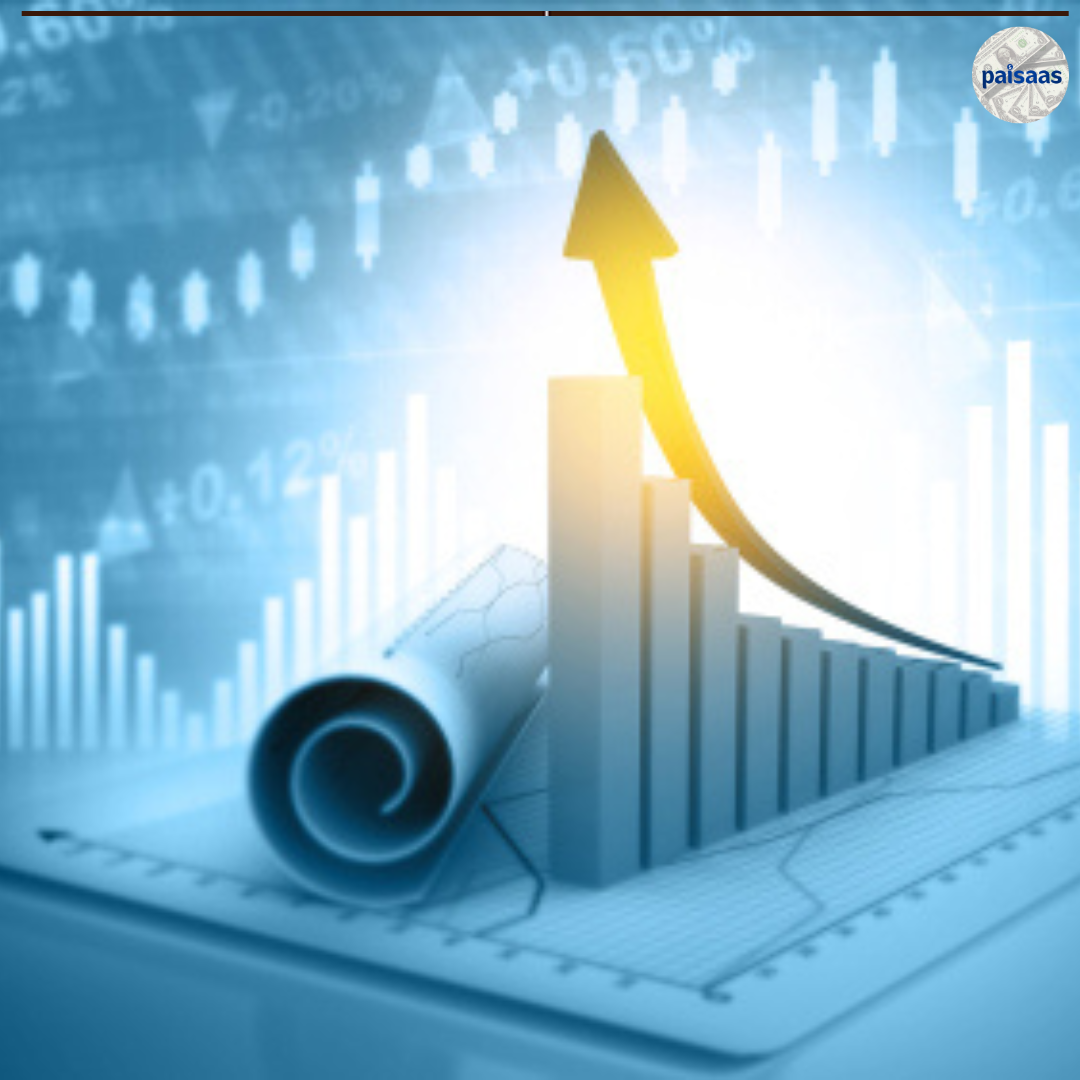

“Intersecting Pathways: Exploring the Relationship Between Macroeconomics and Finance”
Introduction
The fields of macroeconomics and Finance are closely intertwined, each influencing and shaping the other. Macroeconomics focuses on the broader economic factors that impact the overall economy, such as inflation, unemployment, and economic growth. Finance, on the other hand, delves into the management of financial resources, investment decisions, and the functioning of financial markets. In this article, we will explore the dynamic relationship between macroeconomics and finance, highlighting their interconnectedness and the implications for economic stability and financial decision-making.
- Macroeconomic Indicators and Financial Markets
Macroeconomic indicators, such as GDP growth, inflation rates, and interest rates, have a significant impact on financial markets. Investors closely monitor these indicators to assess the overall health of the economy and make informed investment decisions. For instance, higher GDP growth rates often lead to increased corporate profits, boosting stock market performance. Changes in interest rates by central banks influence borrowing costs, affecting consumer spending and business investment. Understanding macroeconomic trends is crucial for investors to navigate financial markets effectively.
- Financial Market Volatility and Macroeconomic Stability
Financial market volatility can have implications for macroeconomic stability. Sharp declines in stock markets or disruptions in credit markets can lead to economic downturns, impacting factors such as consumer confidence, business investment, and employment rates. On the other hand, macroeconomic factors, such as government policies or changes in international trade, can affect financial market stability. It is essential to maintain a delicate balance between financial market activities and macroeconomic stability to promote sustainable economic growth.
- Monetary Policy and Financial Conditions
Central banks’ monetary policy decisions directly impact financial conditions and, subsequently, the overall economy. Through tools like interest rate adjustments and open market operations, central banks can influence borrowing costs, liquidity levels, and money supply. These policy actions have profound implications for businesses, consumers, and financial institutions. Lower interest rates encourage borrowing, stimulate economic activity, and promote investment, while higher interest rates can curb inflationary pressures. Understanding the relationship between monetary policy and financial conditions is crucial for assessing economic prospects and making financial decisions.
- Financial Crises and Macroeconomic Impacts
Financial crises can have severe macroeconomic consequences. The 2008 global financial crisis, for example, had a profound impact on economies worldwide. Financial market disruptions, such as banking system failures or asset price collapses, can spill over into the real economy, leading to recessions, job losses, and increased government debt. Understanding the causes and consequences of financial crises is essential for policymakers to implement regulatory measures and safeguard economic stability.
- Financial Intermediation and Economic Growth
Finance plays a critical role in facilitating economic growth and development. Financial intermediaries, such as banks and investment firms, channel savings from households and businesses into productive investments. They provide capital for new ventures, support business expansion, and enable individuals to invest in education, housing, and other wealth-building activities. Efficient financial intermediation is vital for allocating resources effectively, fostering innovation, and driving long-term economic growth.
- Behavioral Finance and Macroeconomic Decision-Making
Behavioral finance examines the psychological and cognitive biases that influence financial decision-making. Individuals and market participants do not always make rational choices based on complete information. Behavioral factors, such as overconfidence, herd mentality, and risk aversion, can impact financial markets and macroeconomic outcomes. Understanding the interplay between behavioral biases and macroeconomic decision-making can provide insights into market dynamics and inform policymakers and investors.
Conclusion
The relationship between macroeconomics and finance is complex and multifaceted. Macroeconomic indicators influence financial markets, and financial conditions impact macroeconomic stability. Monetary policy decisions play a crucial role in shaping financial conditions, while financial crises can have significant macroeconomic repercussions. Moreover, finance serves as a catalyst for economic growth, channeling funds into productive investments. Understanding the interdependence between macroeconomics and finance is essential for policymakers, investors, and individuals to make informed decisions, promote economic stability, and drive sustainable growth in an ever-changing global landscape.




